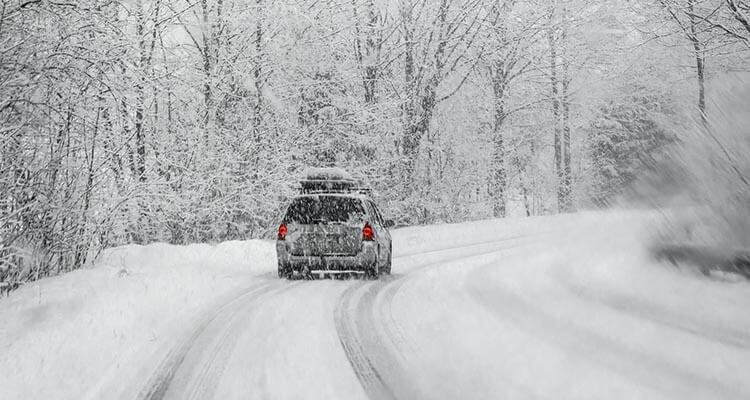Embarking on a winter road trip can be a thrilling adventure, but it also comes with its own set of challenges. Preparing your car for the cold, icy conditions is crucial to ensure a safe and enjoyable journey.
Winter weather can be unpredictable, bringing snow, ice, and freezing temperatures that can test your vehicle’s limits. However, with proper preparation, you can minimize the risks and enjoy your trip with peace of mind.
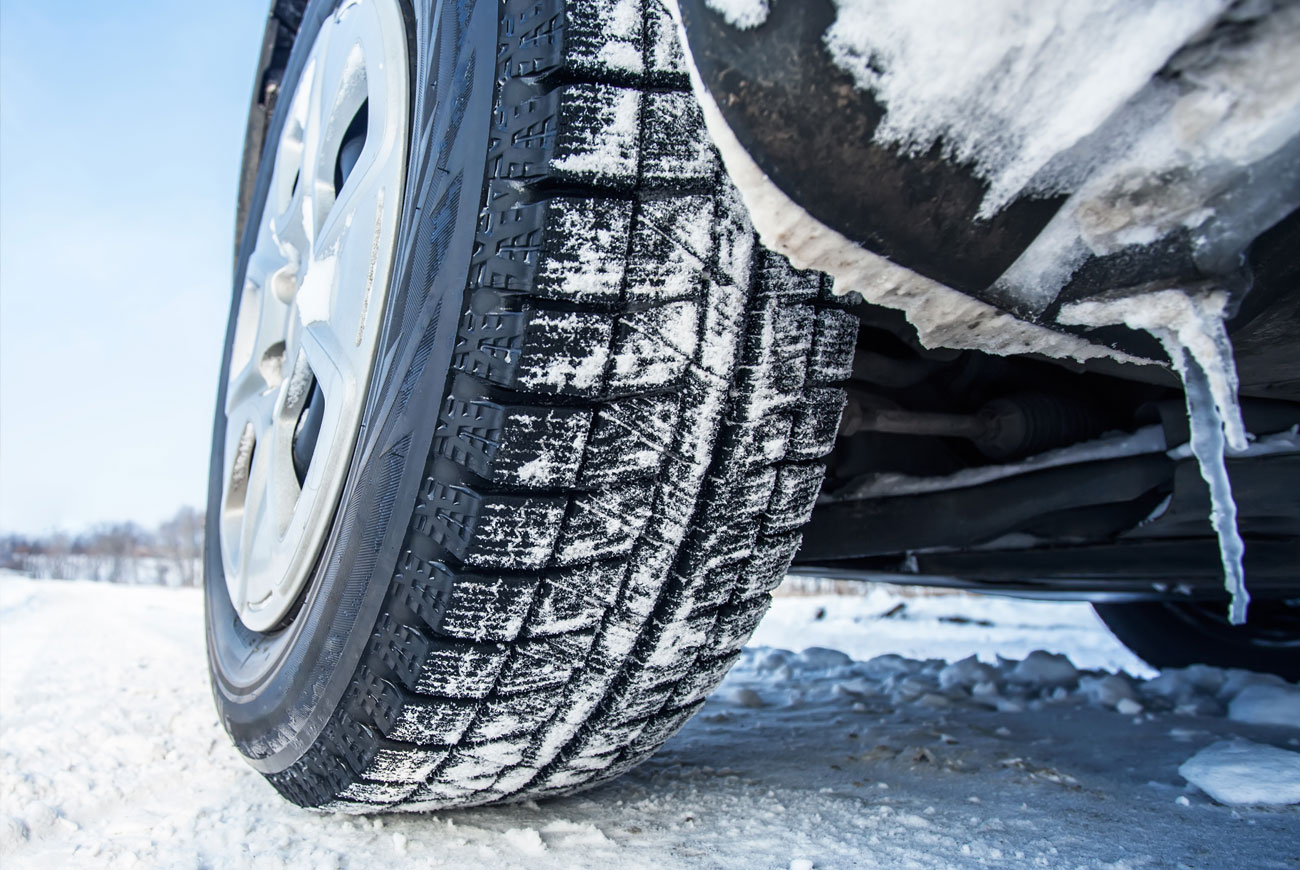
In this guide, we’ll explore ten essential tips to prepare your car for a winter road trip. These tips cover everything from checking your tires and battery to packing an emergency kit and ensuring your car’s heating system is in top shape.
Whether you’re planning a short getaway or a long drive through a snowy world, these preparations will help you stay safe and avoid potential mishaps. Let’s get your car ready for the winter roads.
1. Check Your Tires
Ensuring your tires are in good condition is paramount for winter driving. Start by checking the tread depth; tires should have at least 4/32 inches of tread to provide adequate traction on snowy and icy roads. Consider switching to winter tires, which are designed to perform better in cold conditions.
Winter tires have a softer rubber compound and deeper tread patterns, offering improved grip and handling. Also, check the tire pressure regularly, as it can drop with the temperature. Properly inflated tires ensure optimal contact with the road and prevent uneven wear.
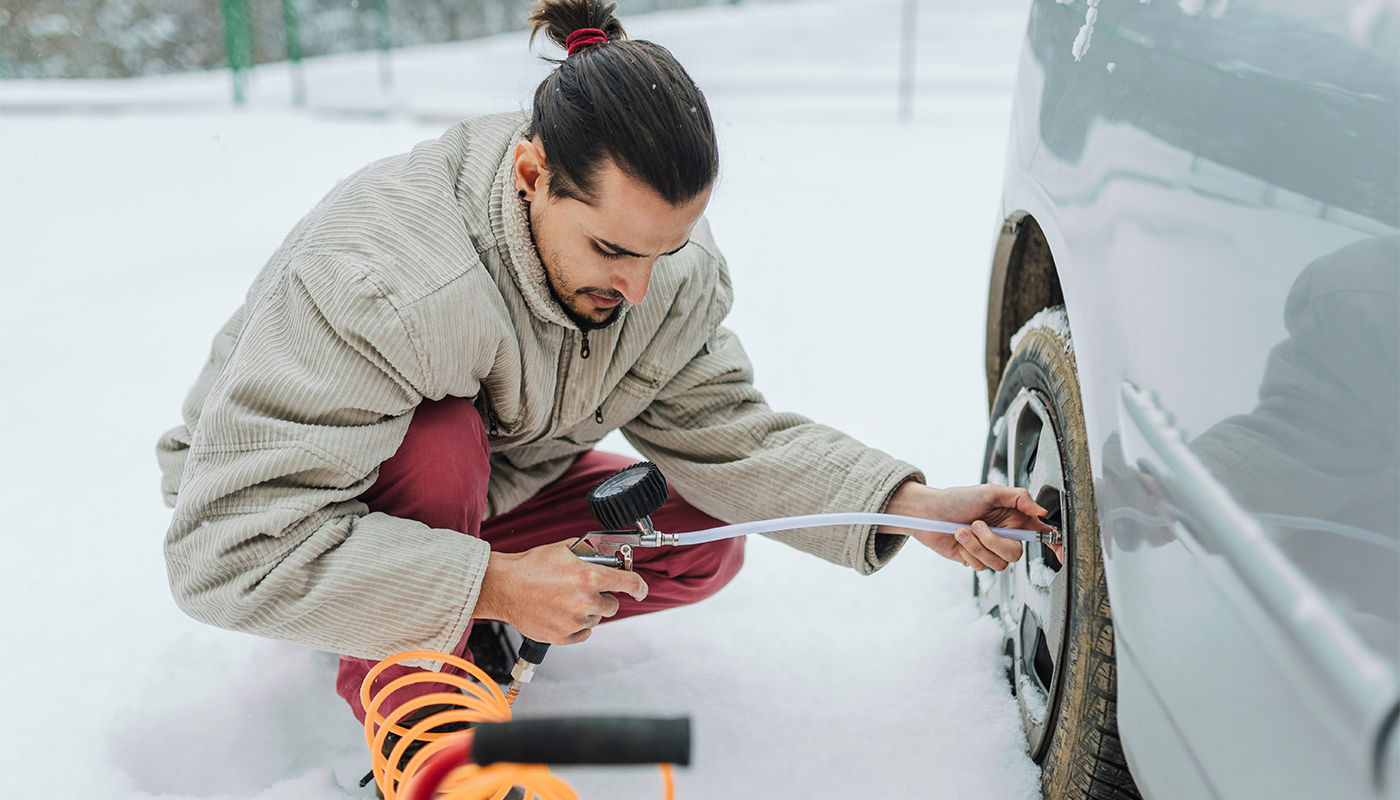
It’s also wise to carry a spare tire and a tire changing kit. In winter, flat tires can happen more frequently due to hidden potholes and road debris. Having the tools and a spare can save you from being stranded in freezing conditions.
Additionally, if you’re driving in particularly harsh weather, you might consider carrying tire chains. They can provide extra traction on especially icy or snowy roads, though you should check local regulations as they can vary by region.
2. Inspect Your Battery
Cold weather can be tough on car batteries, reducing their efficiency and lifespan. Before heading out on a winter road trip, have your battery inspected by a professional to ensure it’s in good condition.
They can check the charge level, terminals, and health of the battery. If your battery is more than three years old, consider replacing it to avoid unexpected failures during your trip. In addition to checking the battery itself, ensure the connections are clean and secure. Corrosion on battery terminals can impede the electrical connection, making it harder for your car to start in cold weather.
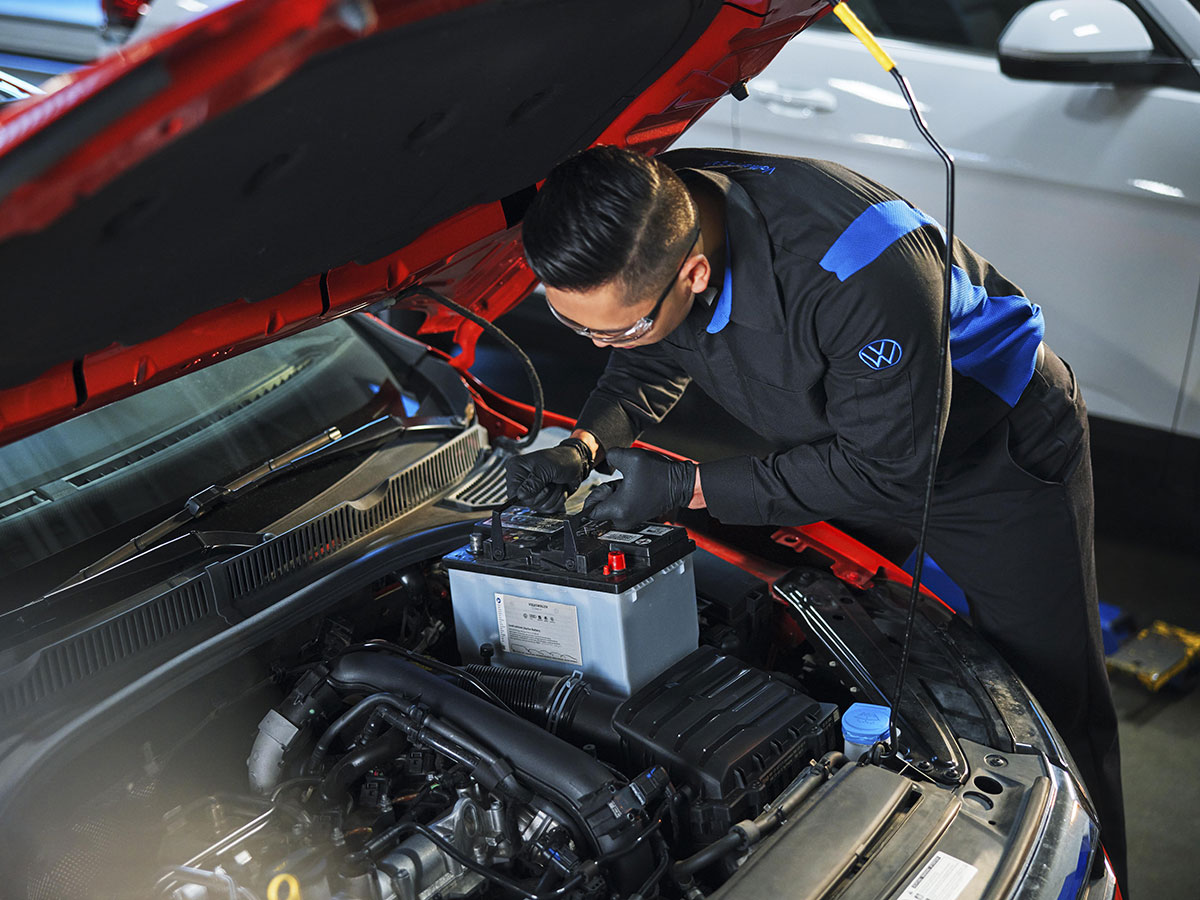
Clean any corrosion with a mixture of baking soda and water, and use a terminal protection spray to prevent future buildup. It’s also a good idea to carry a set of jumper cables in your car. In the event your battery does die, you’ll be prepared to jump-start your car and get back on the road quickly.
3. Check the Antifreeze
Antifreeze, or coolant, is essential for regulating your car’s engine temperature, especially in winter. Ensure your car has the correct mixture of antifreeze and water, typically a 50/50 ratio. This mixture prevents the coolant from freezing in cold temperatures and boiling in hot conditions.
You can check the antifreeze level using a hydrometer, a tool that measures the specific gravity of the coolant. It’s also important to inspect the coolant system for leaks and check the condition of the hoses. Replace any cracked or brittle hoses to prevent leaks and ensure the system operates efficiently.

If the antifreeze hasn’t been changed in the past couple of years, consider flushing the system and adding fresh coolant. This will help remove any contaminants and maintain the cooling system’s effectiveness. Keeping your engine at the right temperature is crucial for avoiding breakdowns and ensuring your car runs smoothly on winter roads.
4. Check Your Brakes
Your brakes are one of the most critical safety components of your car, especially during winter when roads can be slick and unpredictable. Start by inspecting the brake pads and rotors for wear.
If the brake pads are thin or the rotors are worn, replace them to ensure optimal braking performance. Also, check the brake fluid level and top it up if necessary. Brake fluid should be clear; if it appears dirty or contaminated, it might be time for a brake fluid flush.
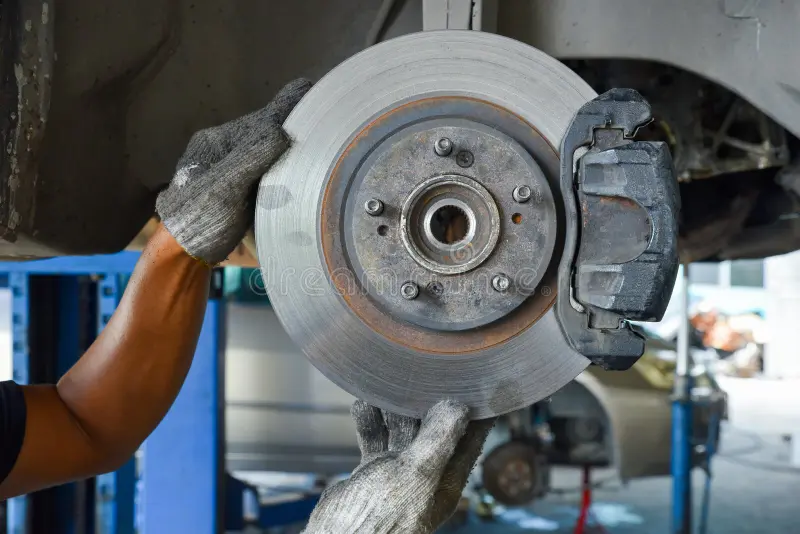
In addition to checking the physical components, pay attention to how your brakes feel when you drive. If you notice any unusual noises, vibrations, or a spongy brake pedal, have your brakes inspected by a professional.
These could be signs of underlying issues that need addressing before your trip. Properly functioning brakes are essential for maintaining control of your vehicle and avoiding accidents on slippery roads.
5. Test the Heating System
A reliable heating system is crucial for comfort and safety during a winter road trip. Start by testing your car’s heater to ensure it blows hot air and heats the cabin effectively. If you notice any issues, such as weak airflow or unusual smells, have your heating system inspected and repaired if necessary.
Check the heater core, blower motor, and thermostat, as these components are vital for efficient heating. In addition to the heating system, ensure your car’s defrosters are working correctly.
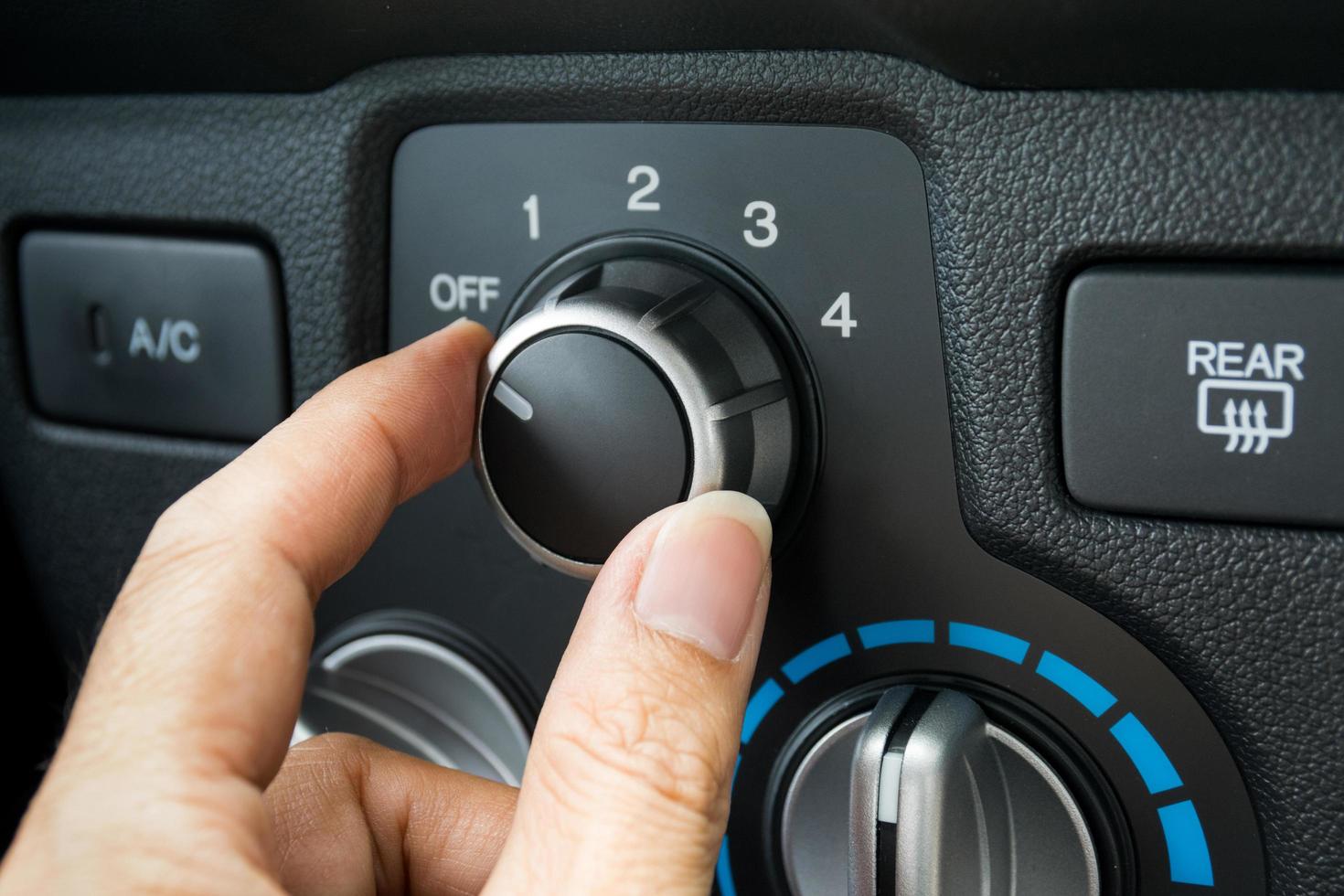
Clear visibility is essential for safe driving, and functioning defrosters help keep your windshield and windows free of frost and fog. If your car has heated seats or a steering wheel, test these features as well.
They can add an extra layer of comfort during long drives in cold weather. A well functioning heating system ensures you stay warm and comfortable, making your winter road trip more enjoyable.
6. Inspect Windshield Wipers and Washer Fluid
Good visibility is crucial during winter driving, and your windshield wipers play a key role in maintaining it. Inspect your wipers for any signs of wear, such as cracks or splits in the rubber. If they don’t make smooth contact with the windshield or leave streaks, replace them with new ones designed for winter use.
Winter wiper blades are typically more robust and have a built-in shield to prevent ice and snow buildup. Ensure your windshield washer fluid reservoir is full and use a fluid formulated for winter conditions.
Winter washer fluid contains antifreeze agents that prevent it from freezing, ensuring you can always clear your windshield of snow, ice, and road grime. Also, check that your washer nozzles are free of blockages and spray effectively. Keeping your windshield clean and clear is essential for safe winter driving, and properly maintained wipers and washer fluid are key to achieving this.
7. Pack an Emergency Kit
An emergency kit is a must-have for any winter road trip. Your kit should include essentials like a first-aid kit, a flashlight, extra batteries, blankets, and warm clothing. Additionally, pack non-perishable food items, bottled water, and any necessary medications. These supplies can be lifesavers if you get stranded or face an extended delay.
Include car-specific items such as a spare tire, tire jack, and jumper cables. A shovel, ice scraper, and a small bag of sand or kitty litter can help you get your car unstuck from snow or ice. Flares or reflective triangles are important for making your vehicle visible to other drivers in case of an emergency.
A portable phone charger and extra cash can also be useful. Being prepared with a well-stocked emergency kit can provide peace of mind and ensure you’re ready for any situation that may arise during your winter road trip.
8. Check the Lights
Proper lighting is crucial for safe winter driving, as shorter days and adverse weather conditions can reduce visibility. Start by checking all your car’s lights, including headlights, taillights, brake lights, and turn signals. Ensure they are functioning correctly and replace any burnt-out bulbs.
Clean the lenses to remove any dirt or fog, as this can improve the brightness and effectiveness of your lights. Consider upgrading to LED or high-intensity discharge (HID) bulbs if your current lights are dim.
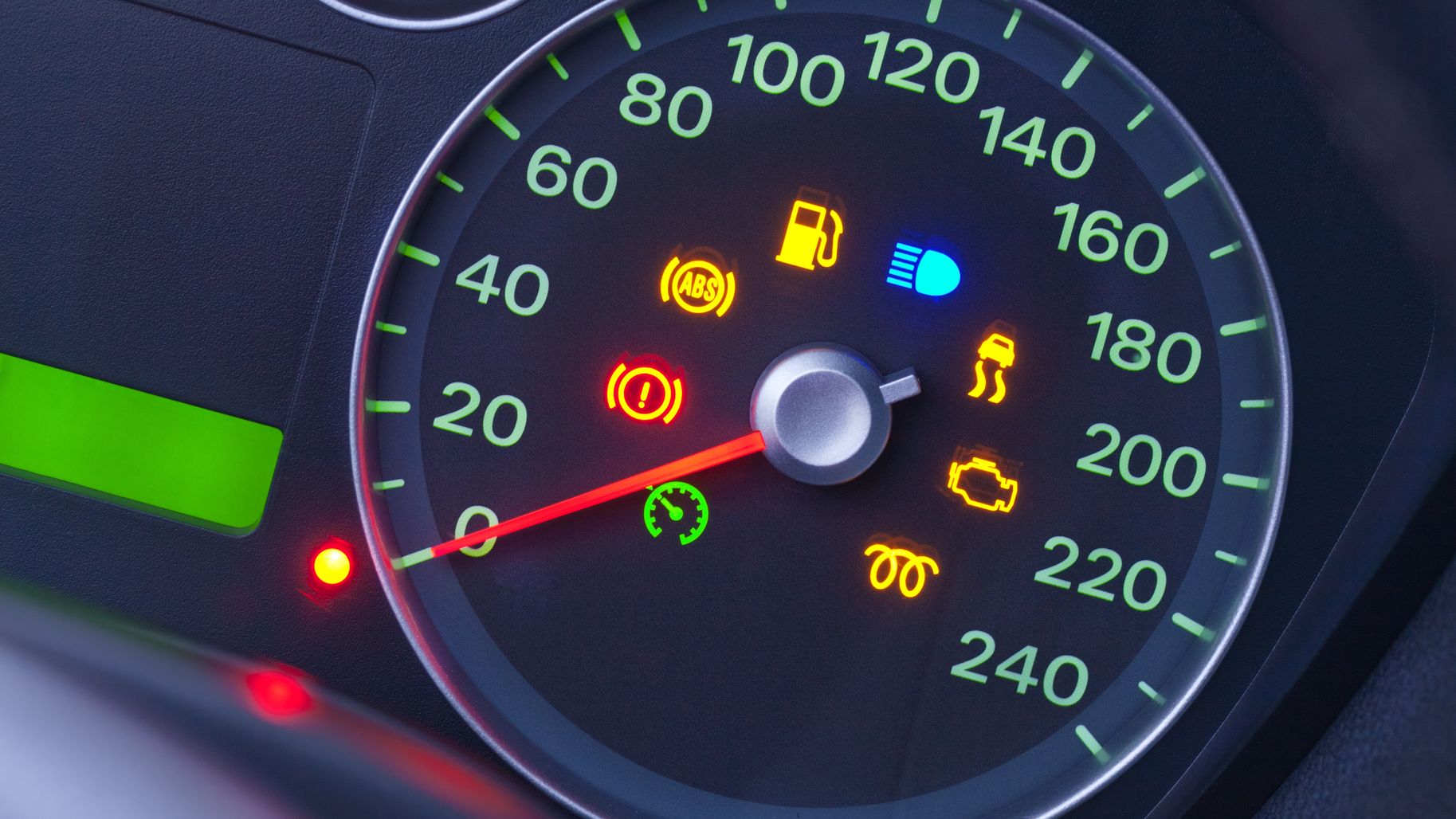
These types of bulbs provide brighter and more reliable illumination, making it easier to see and be seen on dark, snowy roads. Fog lights can also be beneficial for improving visibility in foggy or snowy conditions. Ensuring your car’s lighting system is in top shape is vital for staying safe and visible during your winter road trip.
9. Ensure Proper Lubrication
Cold weather can thicken your car’s fluids, reducing their effectiveness. Ensure your engine oil is suitable for winter driving, as thicker oil can make it harder for your engine to start in cold temperatures. Consider using a synthetic oil, which flows better in low temperatures and provides better protection for your engine.
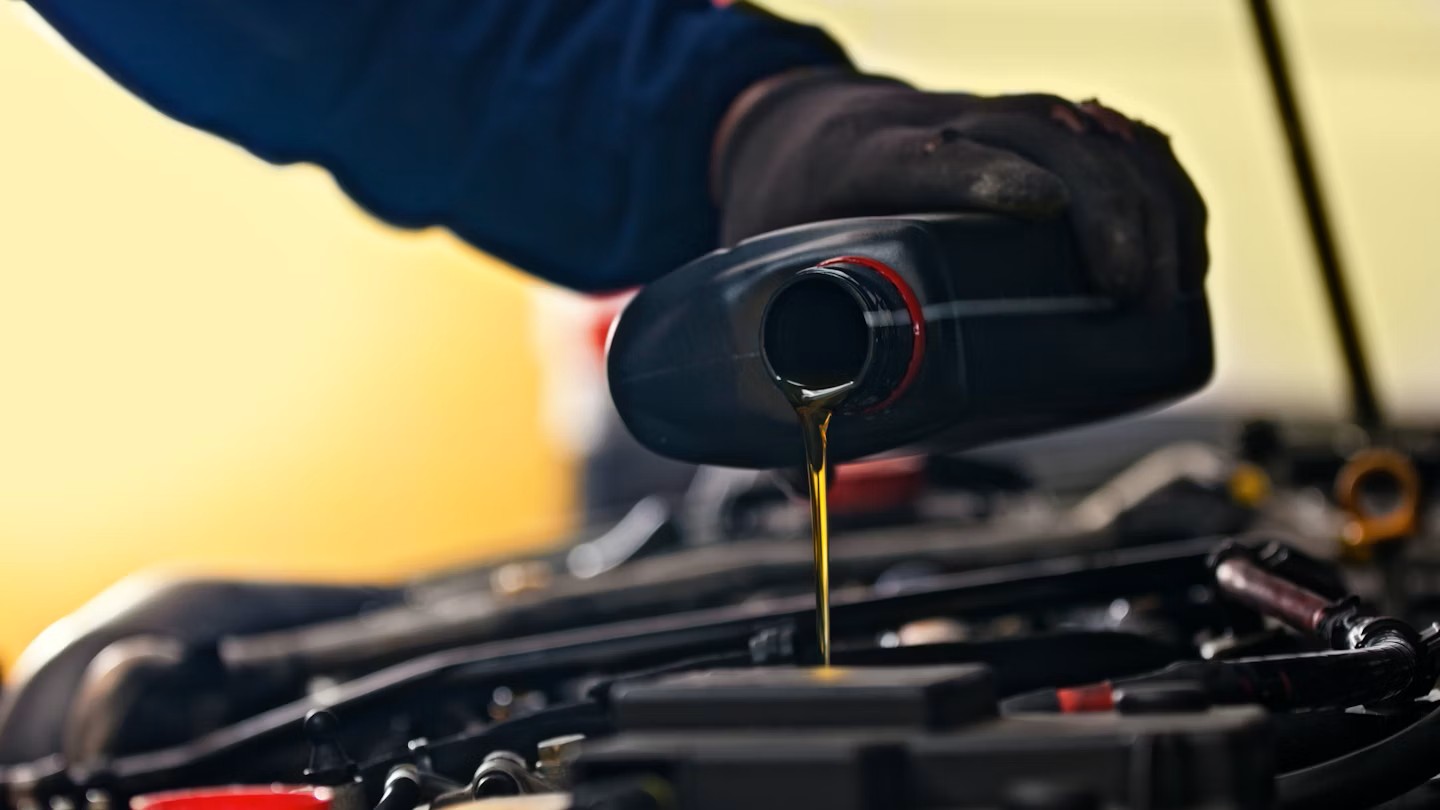
Check your car’s manual for the recommended oil viscosity for winter conditions. In addition to engine oil, check other fluids such as transmission fluid, brake fluid, and power steering fluid. Ensure they are at the correct levels and consider using winter-grade versions if available.
Proper lubrication ensures all moving parts in your car function smoothly, reducing wear and tear and preventing potential breakdowns. Keeping your car’s fluids in check is essential for maintaining its performance and reliability during winter driving.
10. Plan Your Route and Stay Informed
Planning your route and staying informed about weather conditions is crucial for a safe winter road trip. Use a reliable GPS or mapping app to plan your route and check for any road closures or detours. Consider alternative routes in case your planned path becomes impassable due to weather conditions.
Before setting out, check the weather forecast for your entire route and be prepared for any changes. Listen to traffic and weather updates during your trip, and be ready to adjust your plans if necessary.
It’s also wise to inform someone of your travel plans and expected arrival time. Staying informed and flexible ensures you can respond to changing conditions and complete your winter road trip safely.

